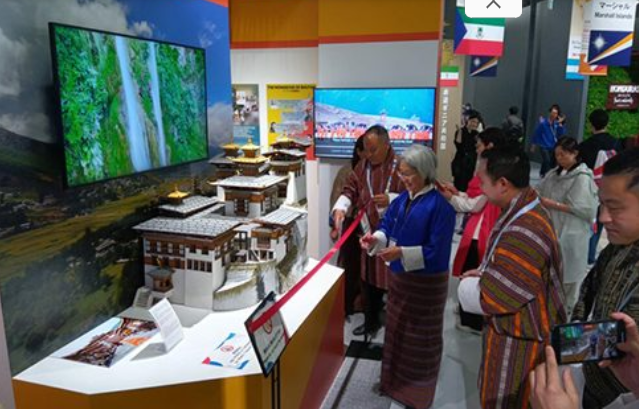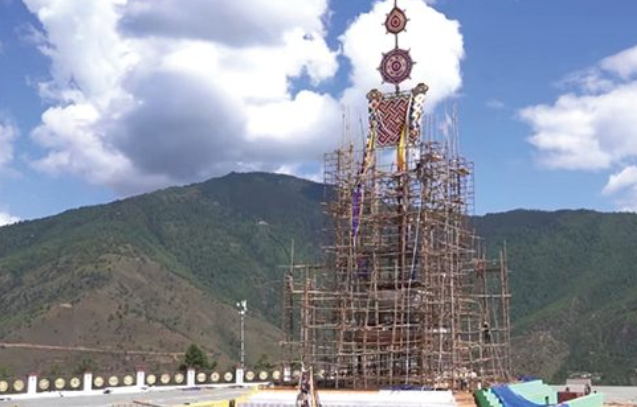
Agency: Orange production in Bhutan continues to decline, with major citrus-growing districts such as Samtse seeing drastic reductions in output. Once a leading contributor to the citrus trade, Samtse has gone from exporting over 500 truckloads of oranges annually to just 18 truckloads in recent years.The primary cause of this decline is citrus greening, a disease first detected in Bhutan in 1992 in Phuentsholing. The disease, spread by psyllid insects, damages the tree’s vascular system, causing fruit drop, poor quality, and eventual tree death. Compounding the issue is the aging of many trees in existing orchards, which reduces both yield and resistance to disease.
According to Agriculture and Livestock Minister Younten Phuntsho, “Citrus greening and aging trees are the main causes of the decline in orange production.”
To address the situation, the government has identified orange as a key crop under the Million Fruit Tree Plantation Program, which is focused on restoring productivity through large-scale replanting and improved seedling varieties. Research is also underway to identify disease-resistant and climate-adaptable varieties of citrus.
“We are currently studying nine varieties of orange,” Lyonpo Younten Phuntsho said, “mainly to prevent diseases and see how we can support different climate-resilient varieties.”
Further support is being provided through the Building Resilient Commercial Smallholder Agriculture (BRECSA) project, which is currently active in Zhemgang, Trongsa, Sarpang, and Tsirang. A similar project is being developed for six eastern districts to address orchard management challenges in those areas.



